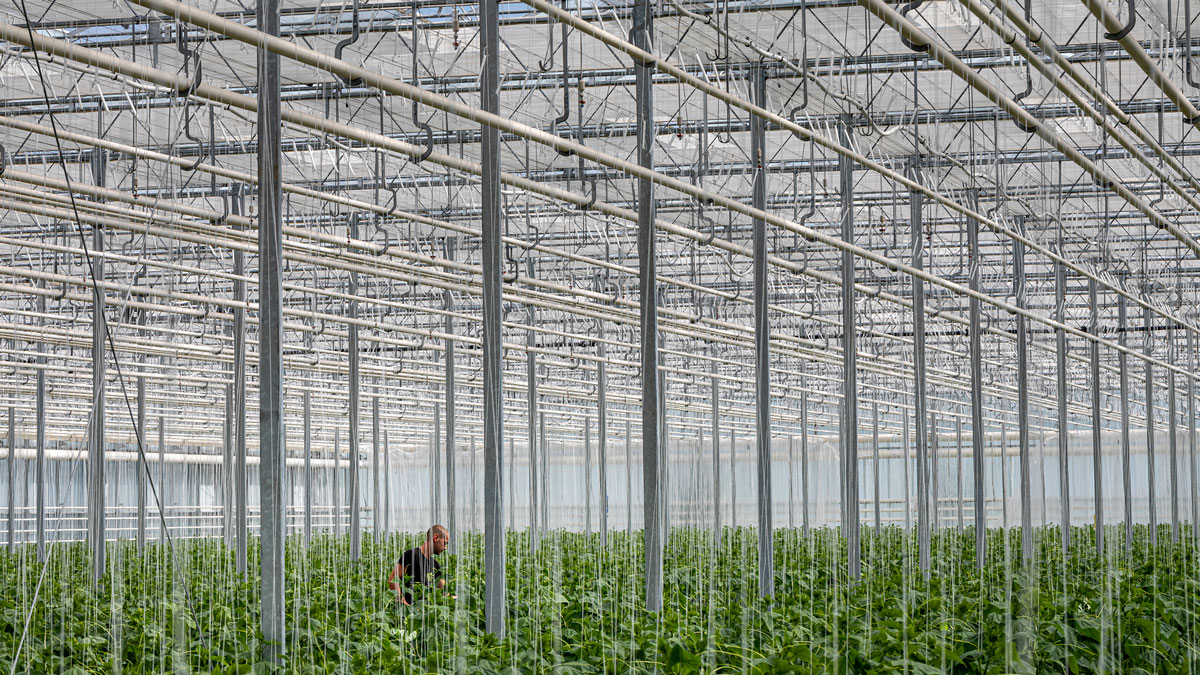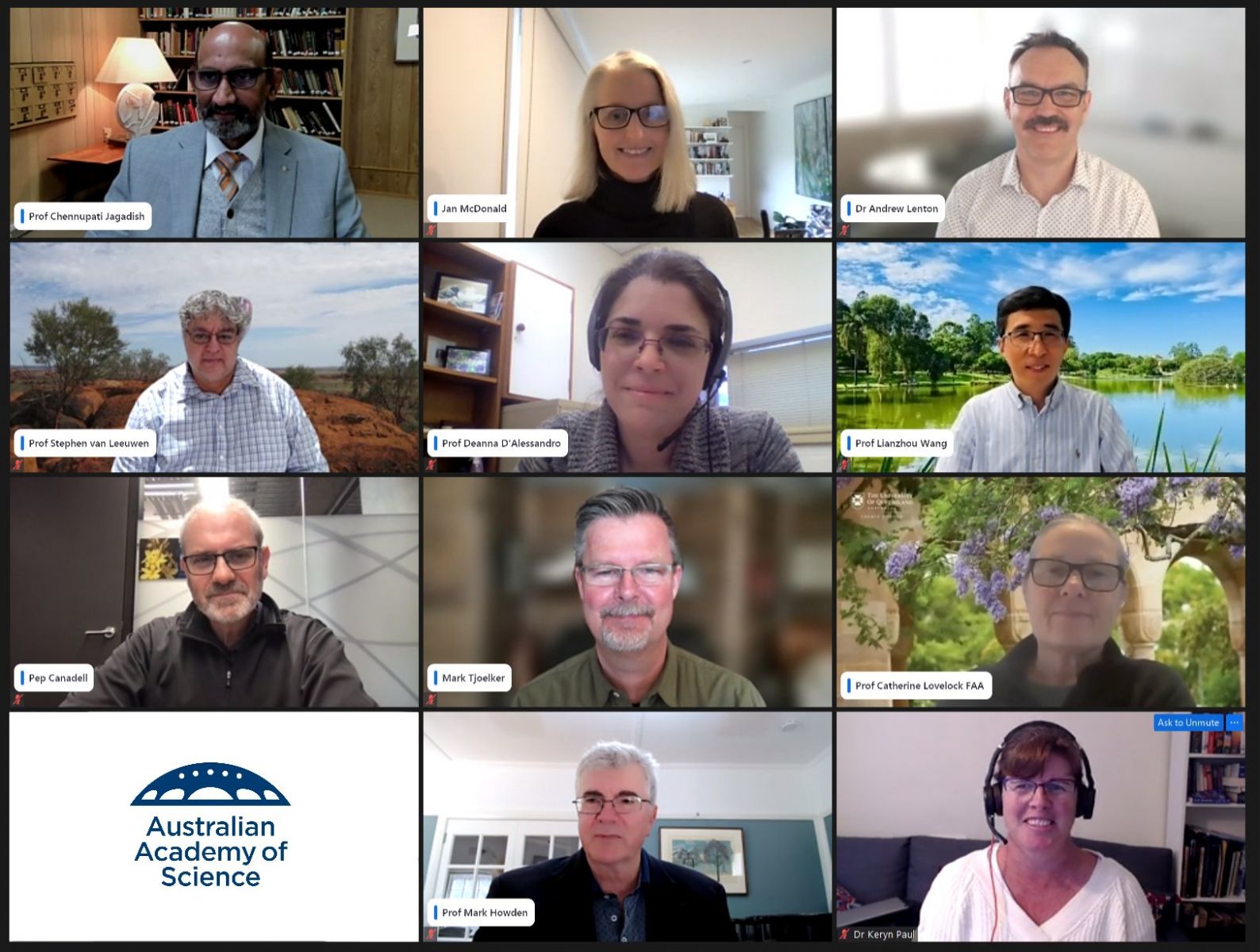
Australia’s research expertise, wealth of critical minerals and renewable energy potential could make it an international leader in removing carbon dioxide from the atmosphere, according to leading experts.
The country’s unique strengths and comparative advantages were part of a discussion on novel negative emissions approaches at a national roundtable hosted by the Australian Academy of Science in September.
The event was chaired by Academy President, Professor Chennupati Jagadish AC PresAA FTSE, with participants including experts in greenhouse gas (GHG) removal, storage and use, climate and environmental science, climate policy, and governance and innovation policy.

Questions the roundtable sought to discuss included:
The participants agreed that of the present methods used for removal of GHGs (primarily CO2) and its long-term storage or utilisation, none are at the scale required. They concluded that reducing GHG emissions as much and as fast as possible is the highest priority to limit global warming. In parallel, we need rapid and large-scale removal of GHGs from the atmosphere, combined with long-term storage.
The roundtable identified opportunities for Australia including the importance of creating an innovation and regulatory environment to accelerate the development of novel approaches, and investing in human capital, especially young researchers, to develop negative emissions research capability.
Participants identified a range of novel approaches across capture, storage, utilisation and monitoring. These are new areas of research that could prove fruitful but are currently not a core part of the negative emissions discussion. Participants highlighted that a wide range of options should be explored as part of a portfolio of solutions to achieve greenhouse gas removal. Some of these novel approaches will be discussed in the full report on the outcomes of the roundtable to be released later this year.
The report will offer guidance to the Australian research community, private sector, and governments on opportunities for development of negative emissions approaches in Australia.
© 2025 Australian Academy of Science